

 Knowledge Base +
Knowledge Base +  2024.11.12
2024.11.12The growing demand for data centers and cloud computing resources has fueled the development of hyperscale cloud data centers. The continuous increase in global data traffic is pushing data centers from 100G to faster, larger bandwidths with lower latency. 400G will be the direction for next-generation backbone network upgrades and new infrastructure, becoming an inevitable trend for data center development.
Many service providers, such as Cisco and Huawei, have begun implementing 400G network deployment plans. In building 400G network systems, 400G optical modules play a critical role. So, what exactly is a 400G optical module, and how does it differ from 10G, 25G, and 40G modules?
A 400G optical module is primarily used for optical-electrical conversion. The electrical signal is converted into an optical signal at the transmitter, which then travels through fiber optics, and is converted back to an electrical signal at the receiver. With a transmission rate of 400G, the 400G optical module was designed to meet market demands as networks evolve from 100M, 1G, 25G, and 40G to 100G, 400G, and even 1T. It plays a vital role and has a significant impact on the construction of 400G network systems.
There are six main standards and form factors for 400G optical modules:
The Octal Small Form Factor Pluggable (OSFP) is a new interface standard that is not compatible with existing optical-electrical interfaces. It measures 100.4 x 22.58 x 13 mm³, slightly larger than QSFP-DD, requiring more PCB space. The electrical interface pins differ from QSFP-DD, with rows on both the top and bottom.
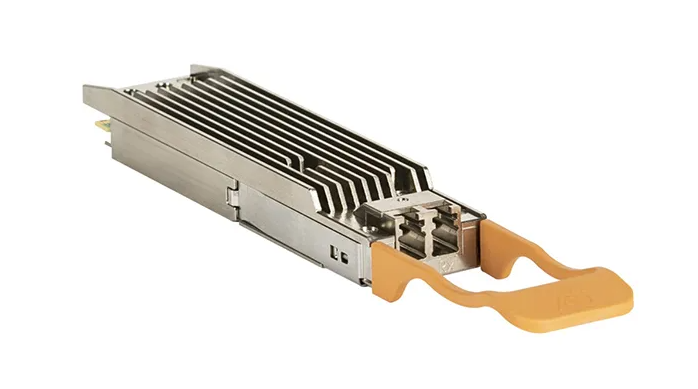
The Quad Small Form Factor Pluggable-Double Density (QSFP-DD) extends the QSFP interface by adding an extra row to the original four-channel interface, increasing it to eight channels—hence, double density. A key advantage of QSFP-DD is its compatibility with the QSFP solution, allowing the original QSFP28 modules to remain usable with an additional module.
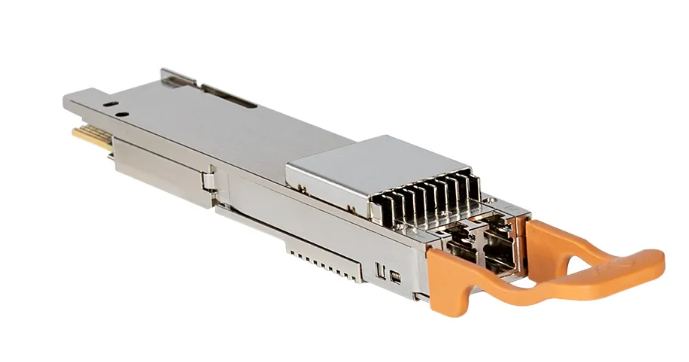
CFP8
CFP8 is an extension of CFP4, expanding to eight channels with corresponding size increases to 40 x 102 x 9.5 mm³. This solution has a higher cost, requiring 16 laser sources at 25G each.
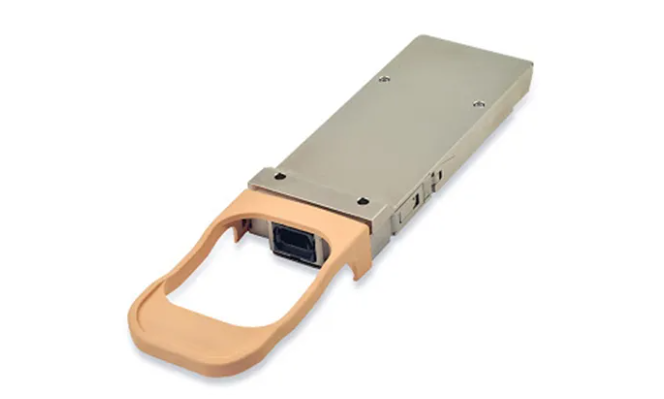
CWDM8
This is an expansion of the CWDM4 standard, with each wavelength running at 50G, reaching a total of 400G. Four additional center wavelengths (1351/1371/1391/1411nm) are added. The wavelength range is wider, with higher Mux/DeMux requirements, doubling the number of lasers and supporting a maximum input power of 8.5dBm.
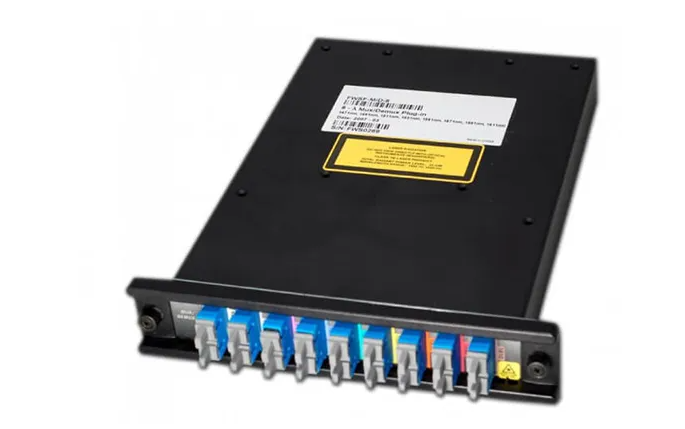
CDFP
The CDFP standard was developed earlier, with its third version currently available. It uses 16 channels at 25G each. Due to the large number of channels, the size is also relatively large.
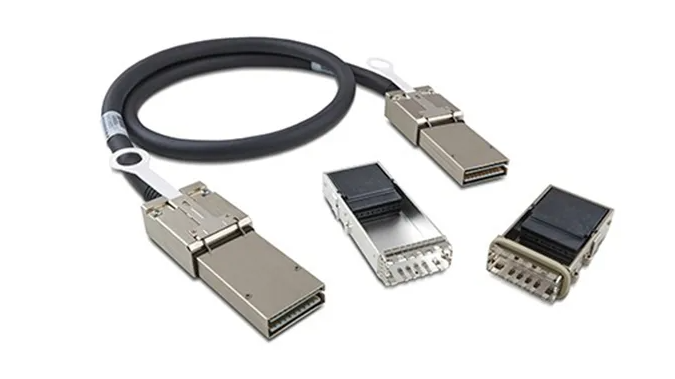
COBO
COBO (Consortium for On-Board Optics) places all optical components on the PCB. This solution offers advantages in heat dissipation and compact size. However, it does not support hot-swapping, making repairs challenging if a module fails.
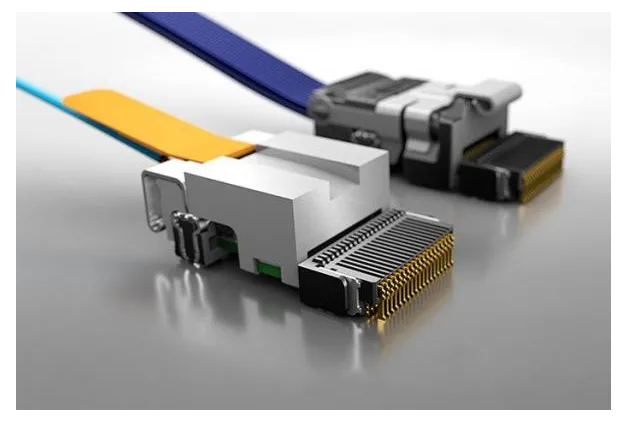
At the 2018 OFC, manufacturers showcased QSFP-DD and OSFP. These two solutions offer the most distinct advantages, but which solution will prevail depends on the network architecture of next-generation cloud computing operators.
The primary role of 400G optical modules is to increase data throughput, maximizing bandwidth and port density in data centers. Future trends for 400G optical modules include broad gain, low noise, miniaturization, and integration, offering high-quality optical communication modules for next-generation wireless networks and hyperscale data centers.
Although only one optical chip is used in a 400G optical module, the cost is high. In 10G/25G modules, optical chips make up about 30% of the cost; in 40G/100G modules, this rises to around 50%; and in 400G modules, optical chips account for 70% of the cost.
While 10G, 25G, 40G, and even 100G modules have become mainstream, the growing requirements for bandwidth, port density, and system power consumption mean that 400G modules will push technology to new levels.
With the advent of 400G, optical communication is entering a new era, moving from single-carrier modulation in low-end modules to polarization-multiplexed, multi-carrier applications in high-speed modules. Photonics and electronics integration, along with ADC/DSP technologies, will be crucial to the commercialization of 400G modules and systems. The demand for Ethernet standardization and optical parallelization will significantly promote the development of photonic integration technologies.
As 100G technology matures, 400G is a current hot topic, and the industry closely monitors its progress. The development and mass production of 400G modules are advancing satisfactorily. In today’s market, hyperscale data centers have an increasing demand for bandwidth, making 400G optical modules the optimal choice for enhancing system performance and reducing bandwidth costs. The emergence of 5G networks will further boost the market value of 400G optical modules as a positive driving factor.
Subscribe to the newsletter
for all the latest updates.
2-5# Building, Tongfuyu Industrial Zone, Aiqun Road, Shiyan Street, Baoan District, Shenzhen. China
